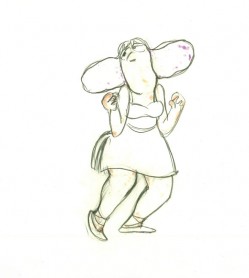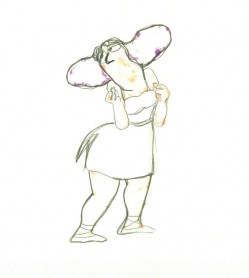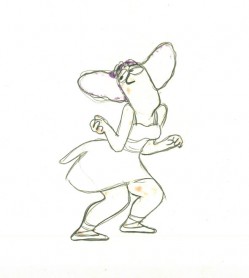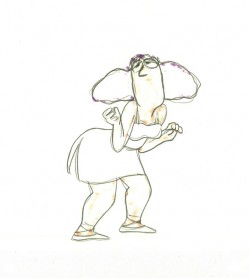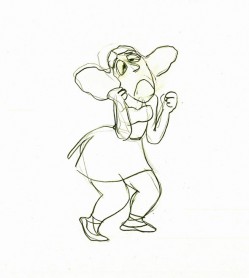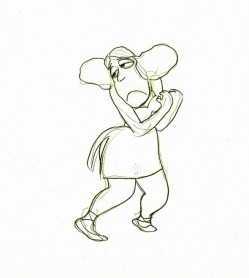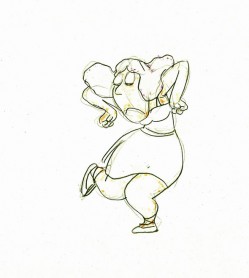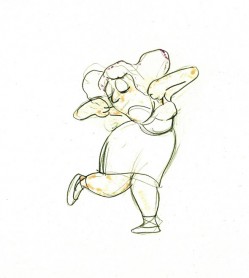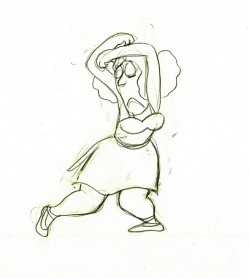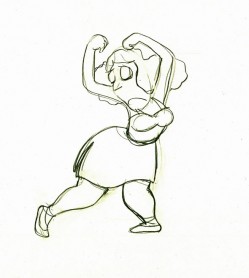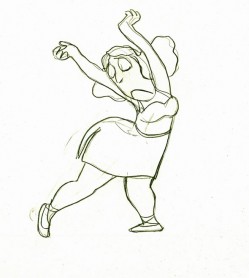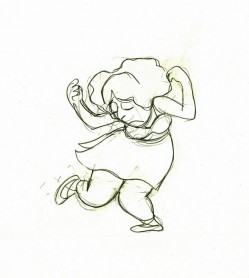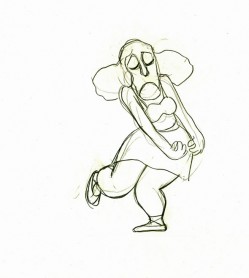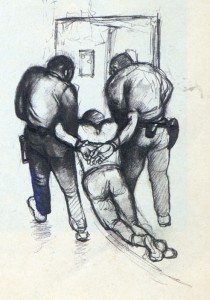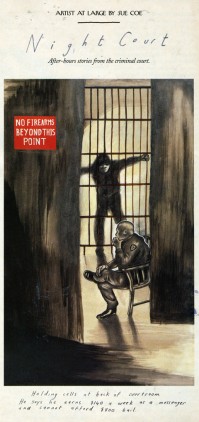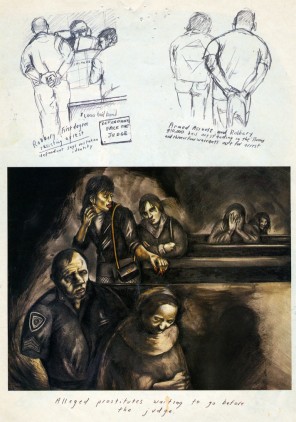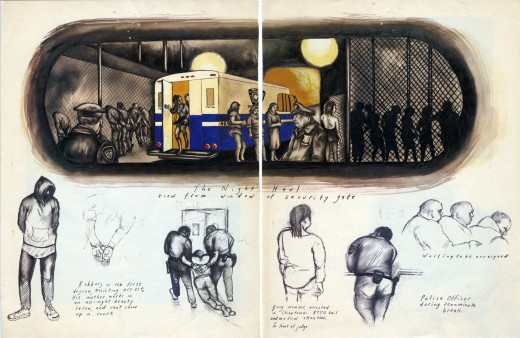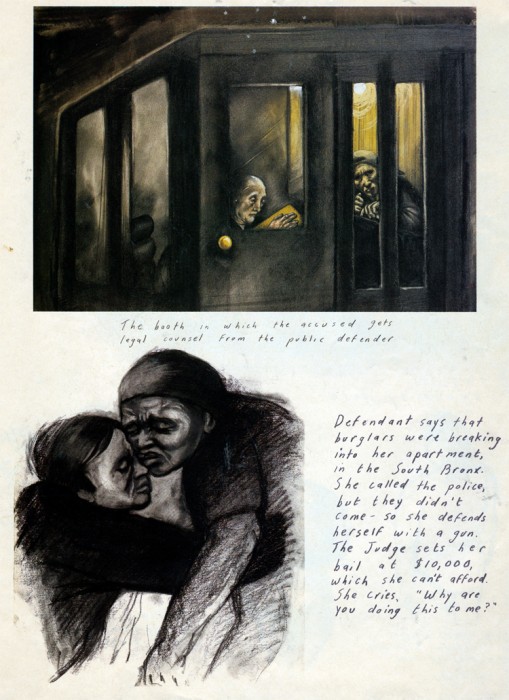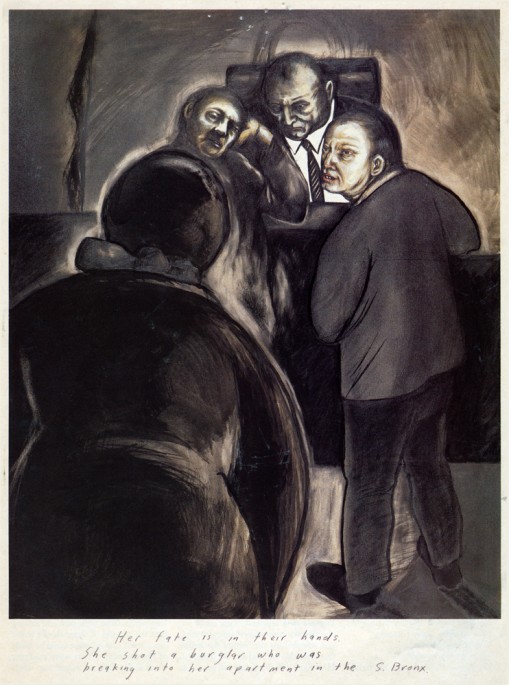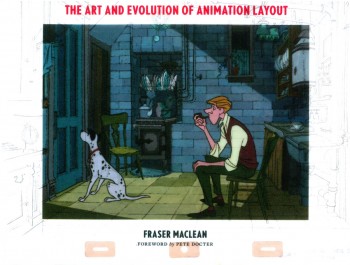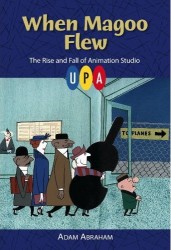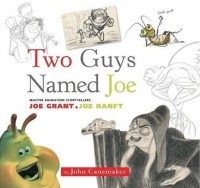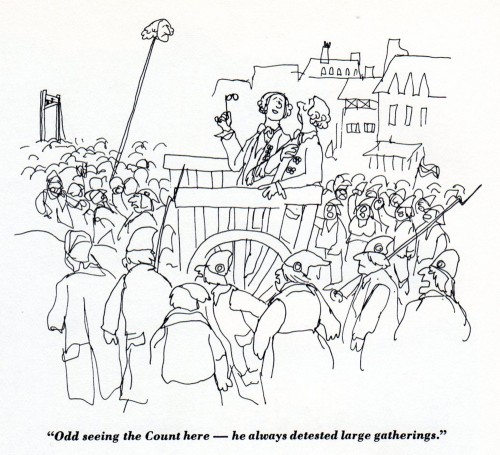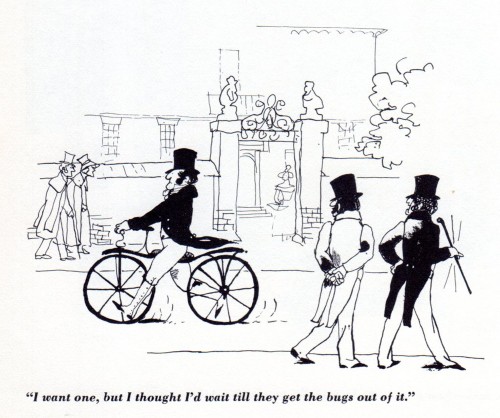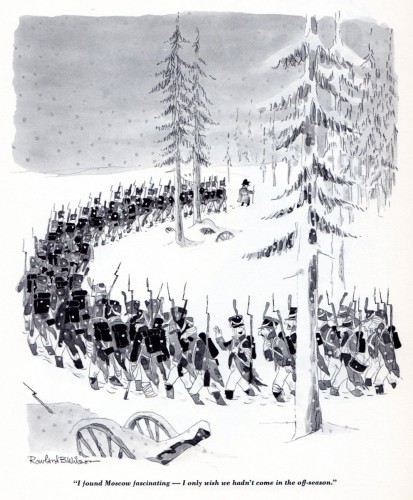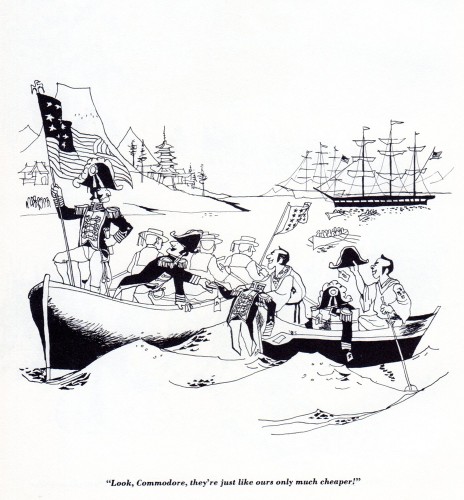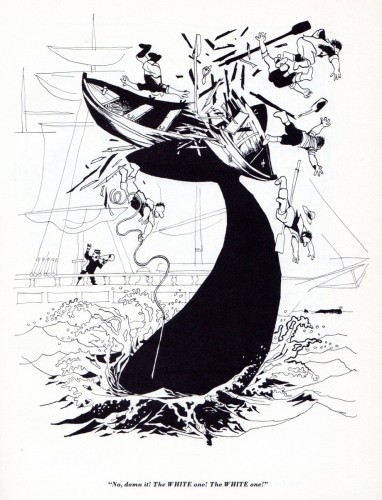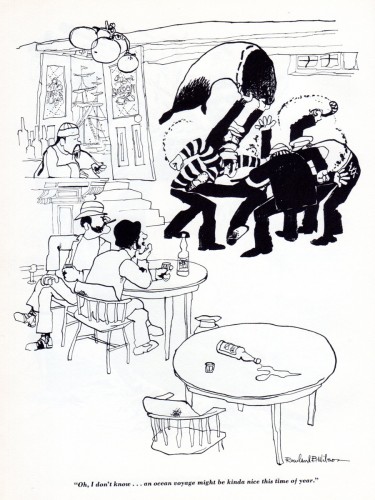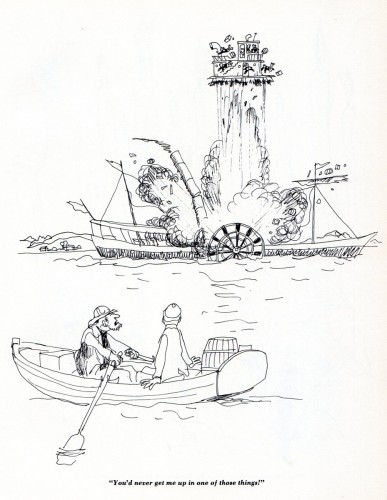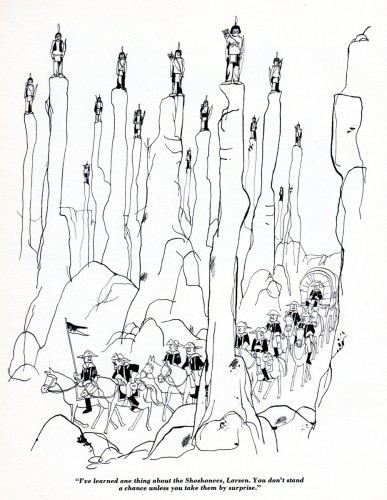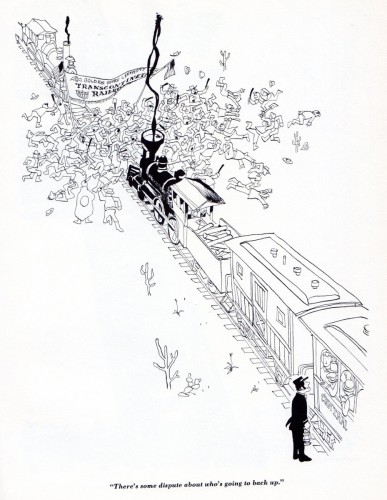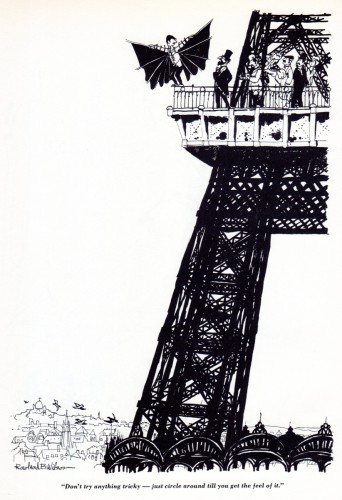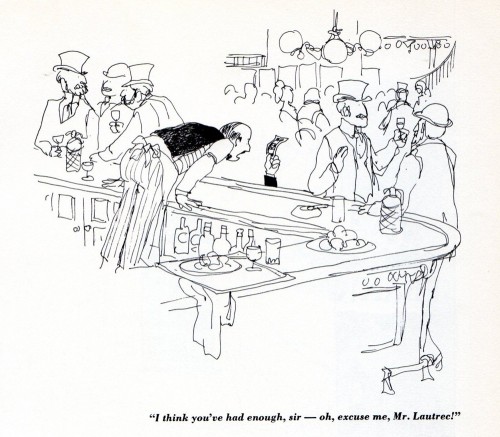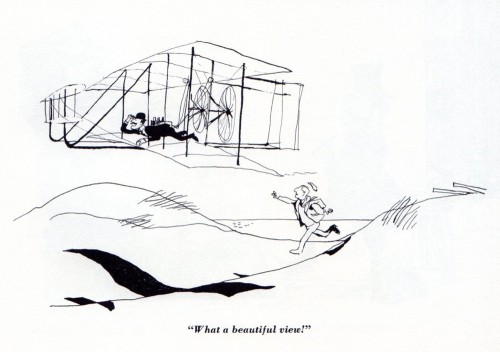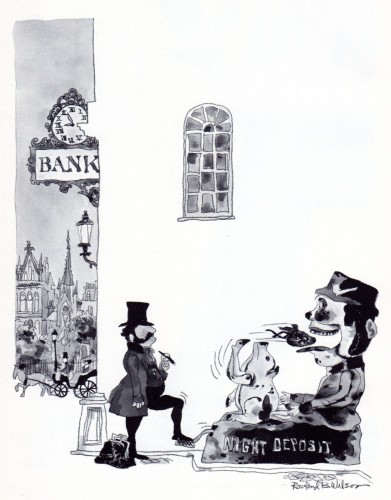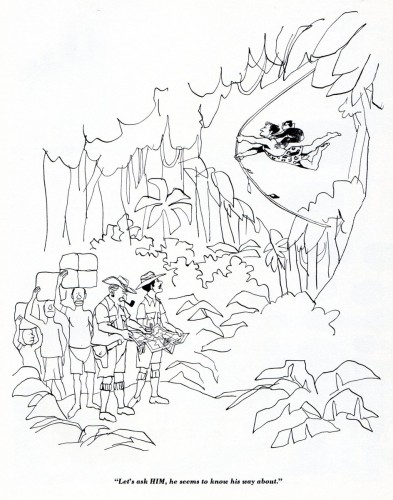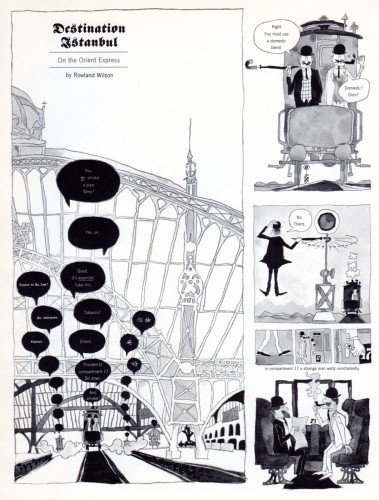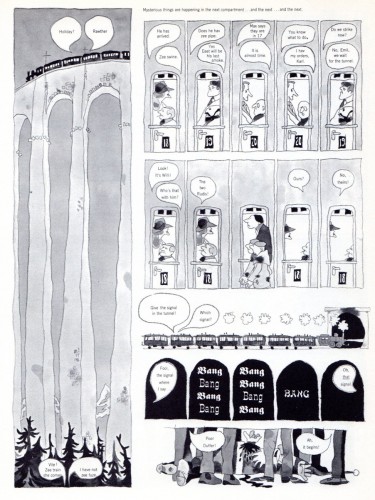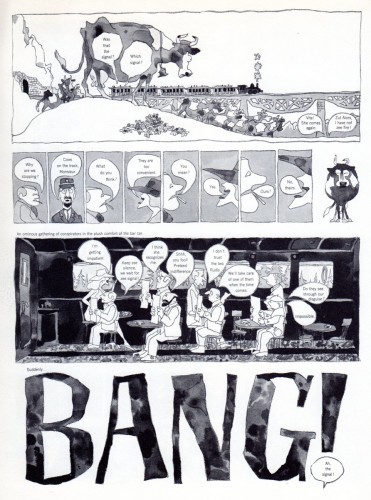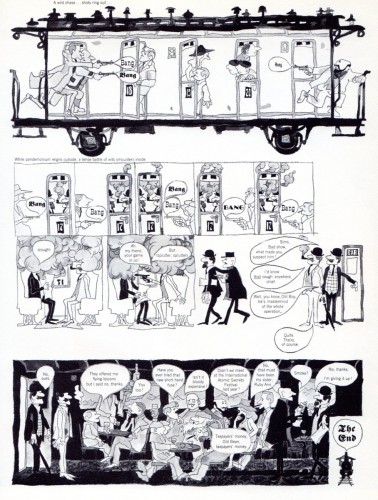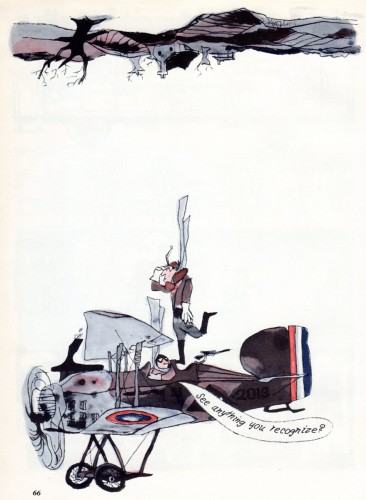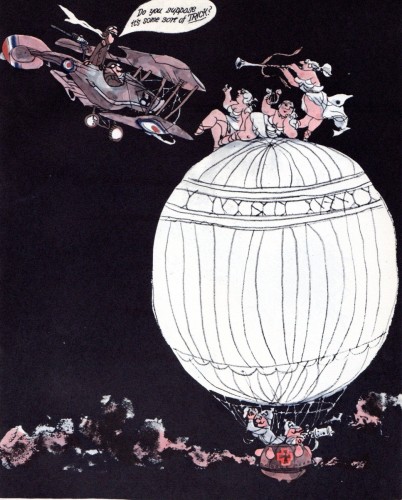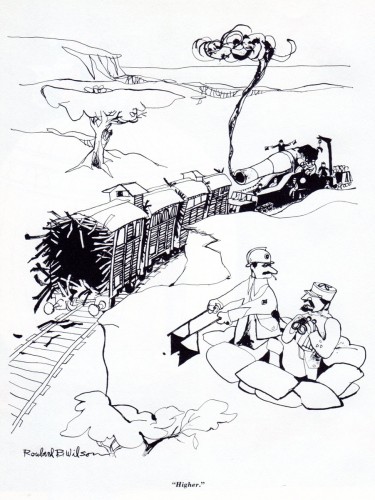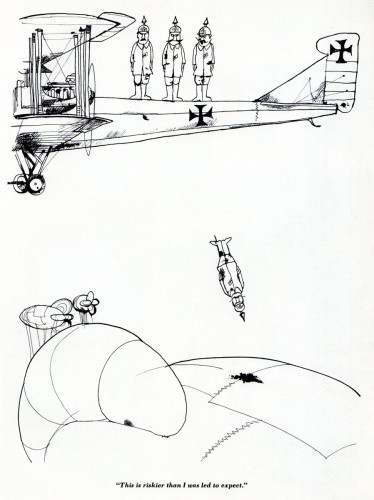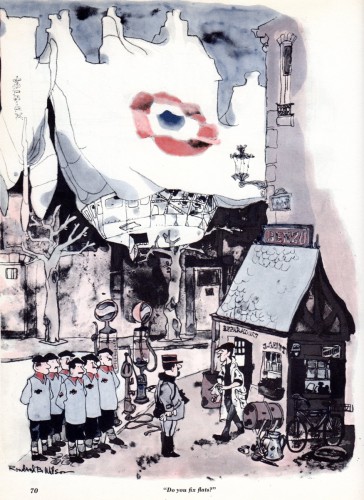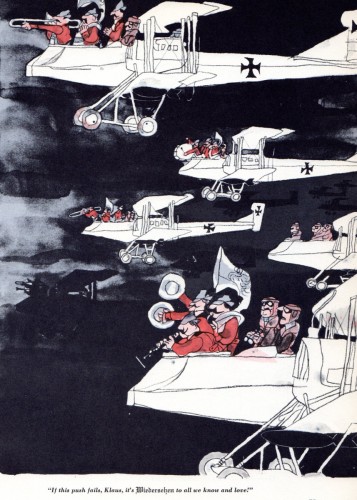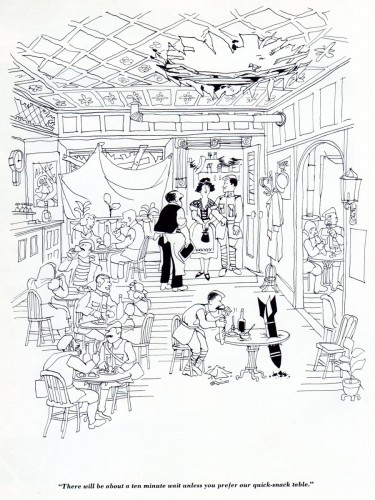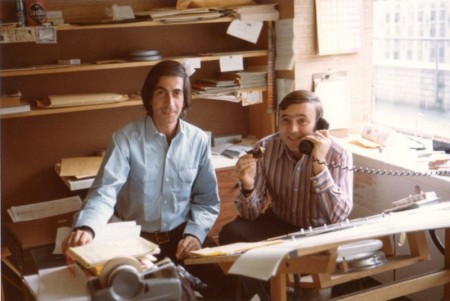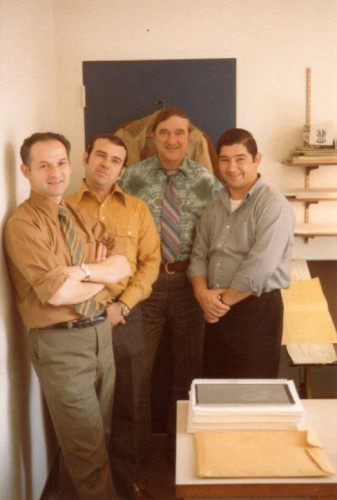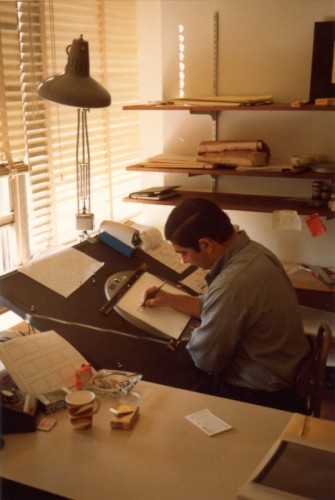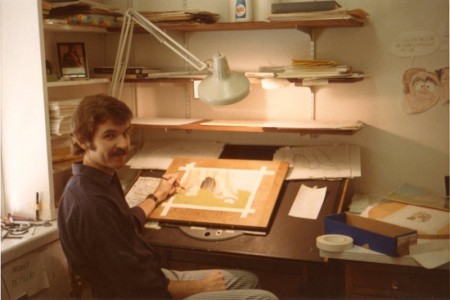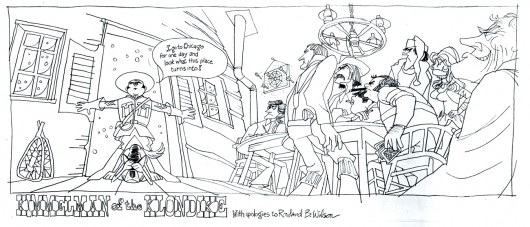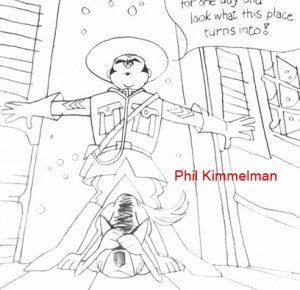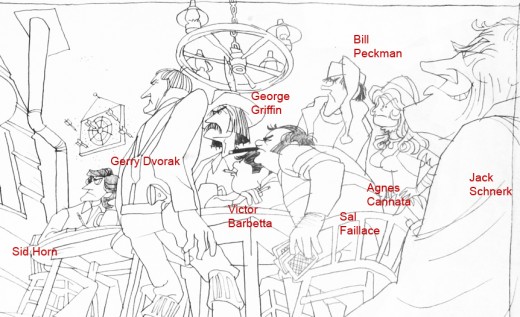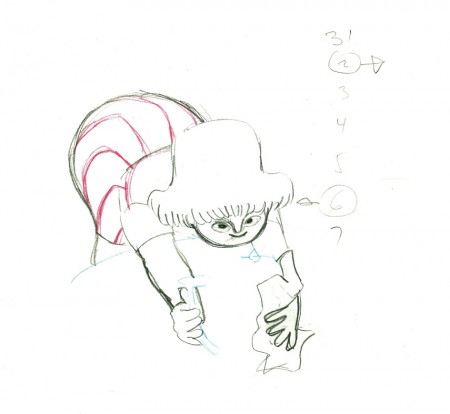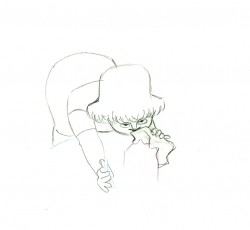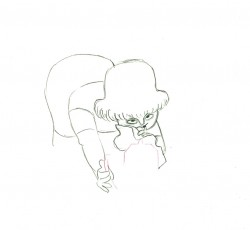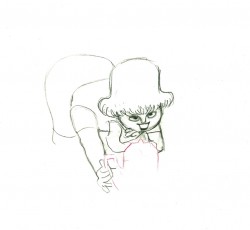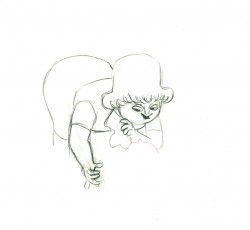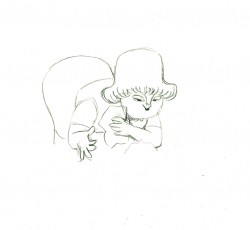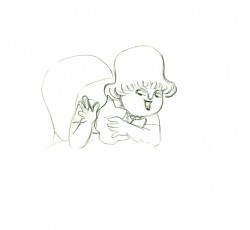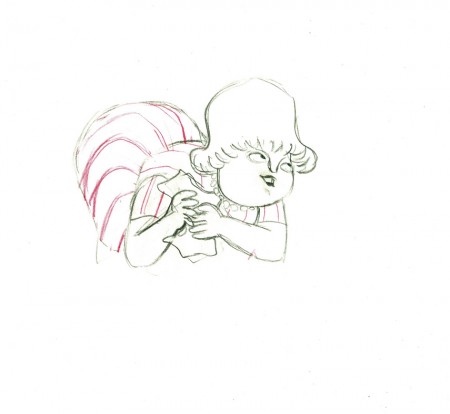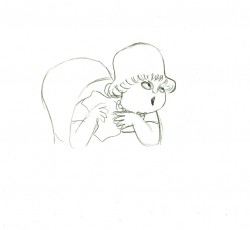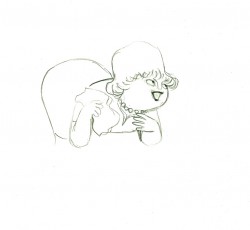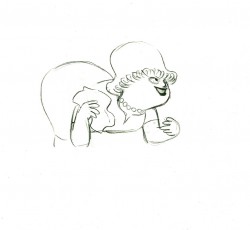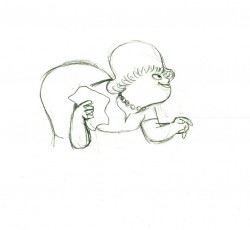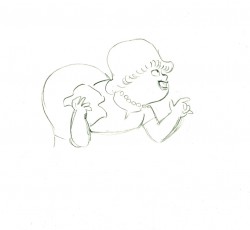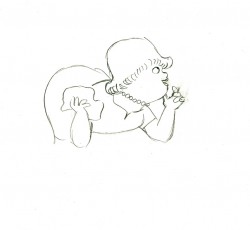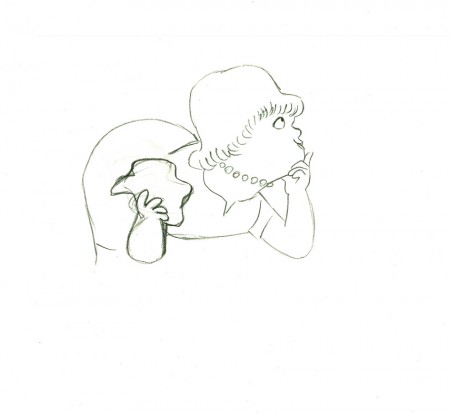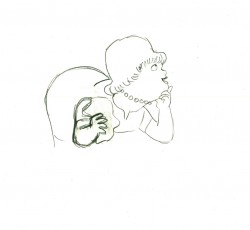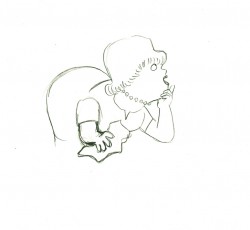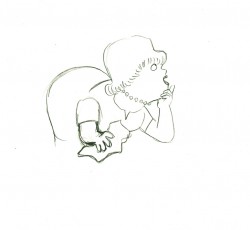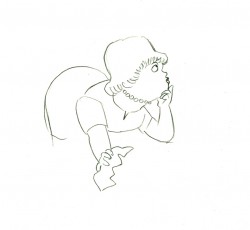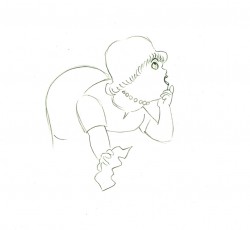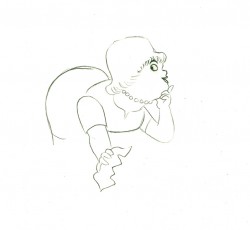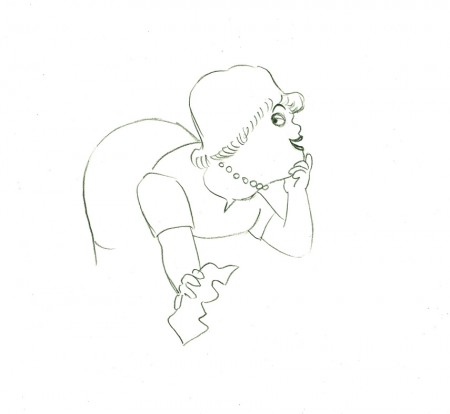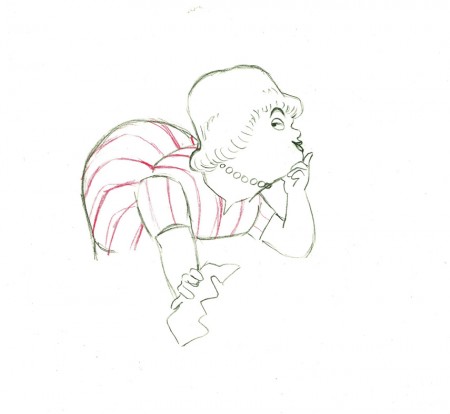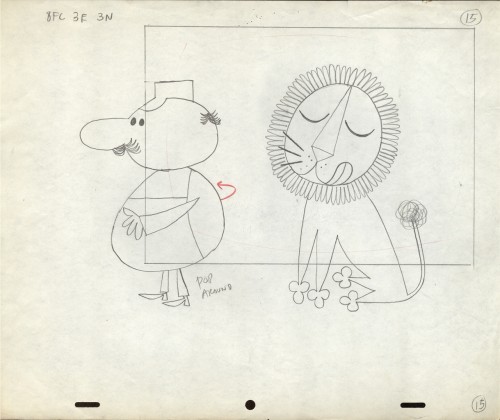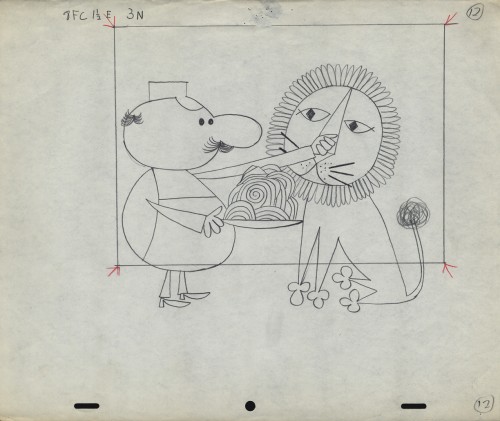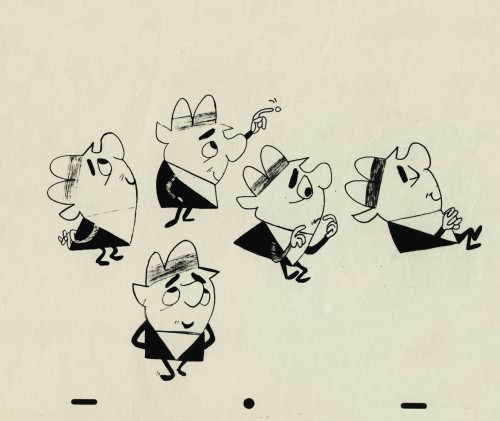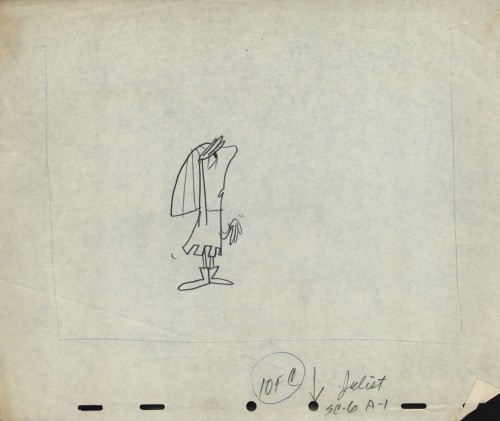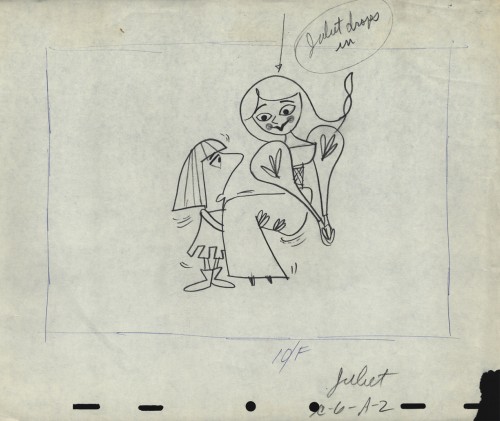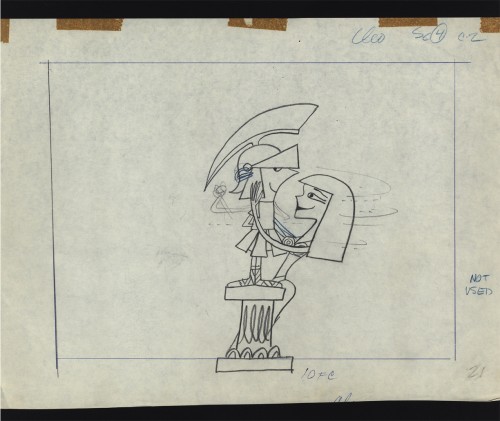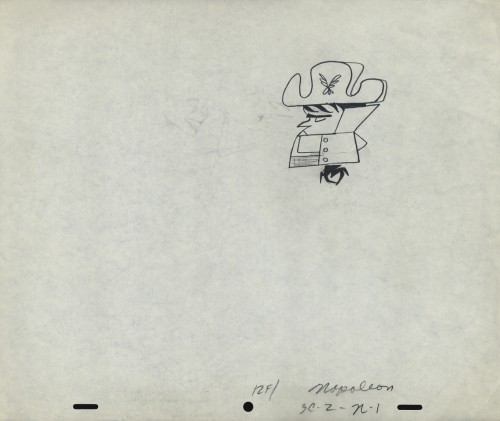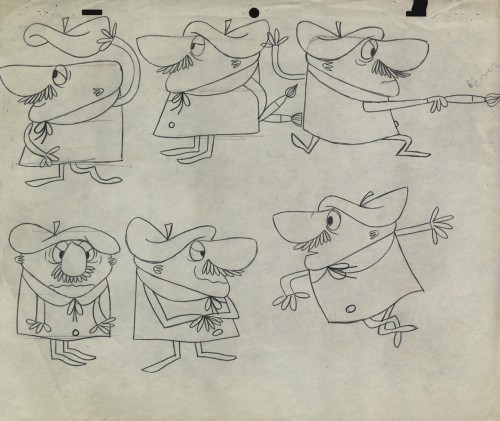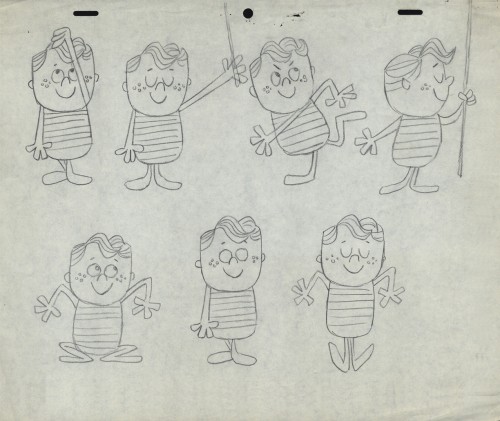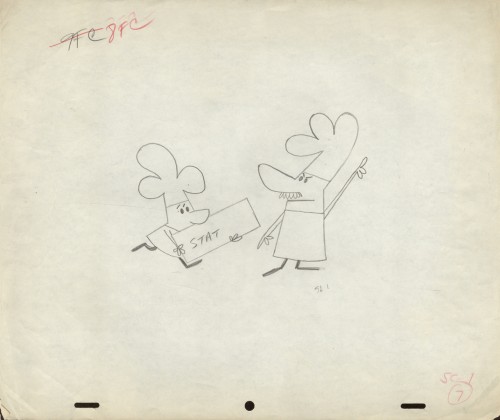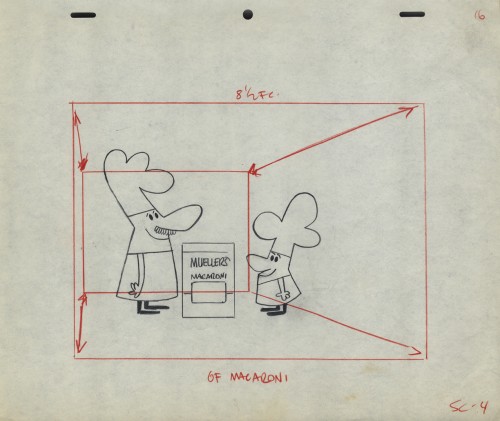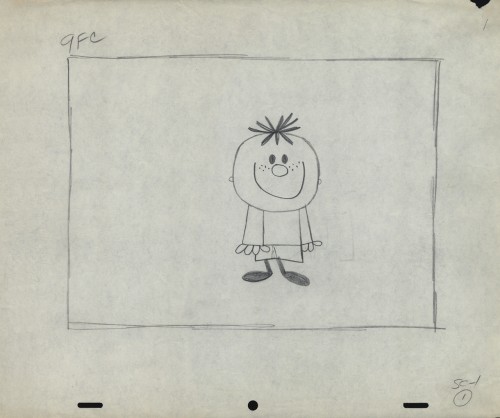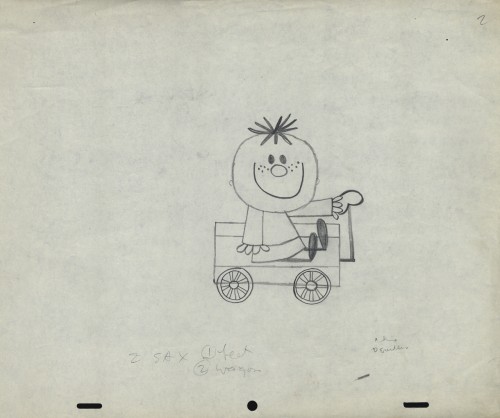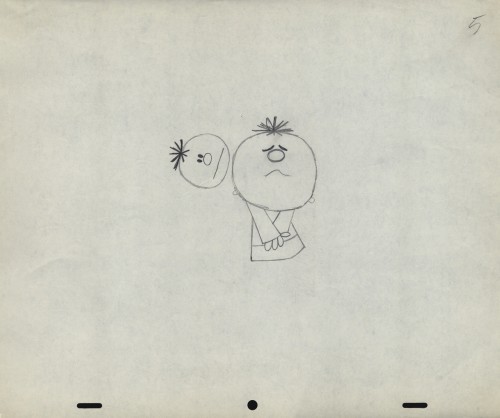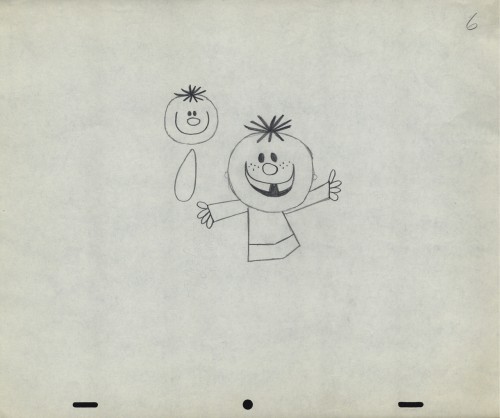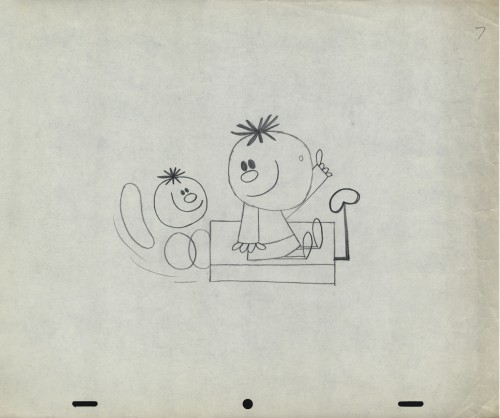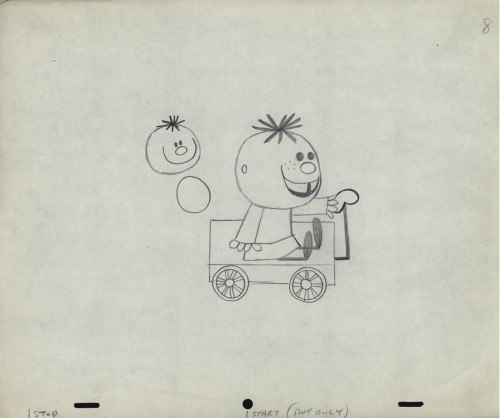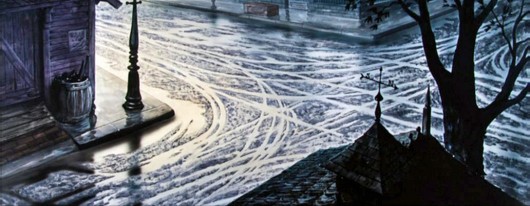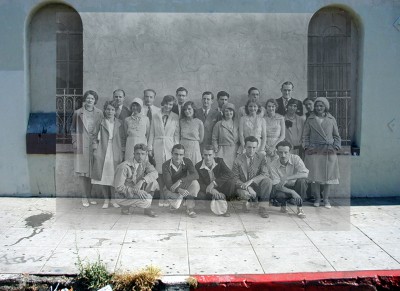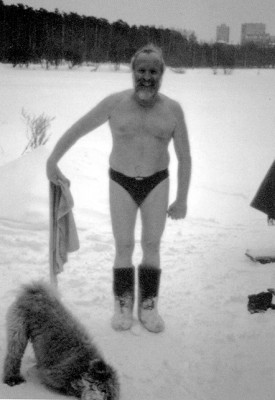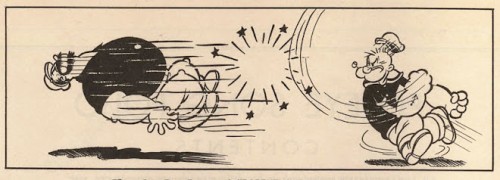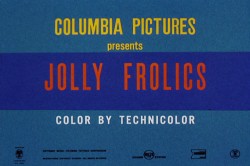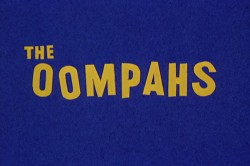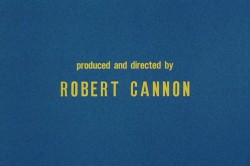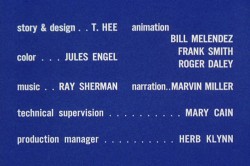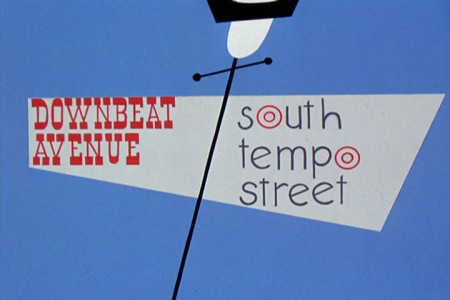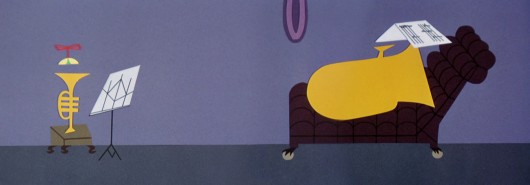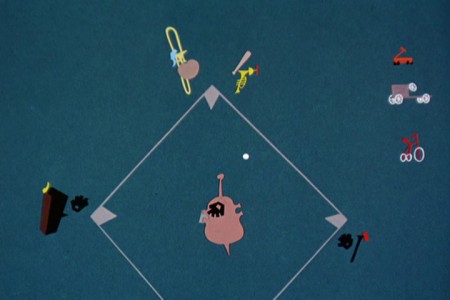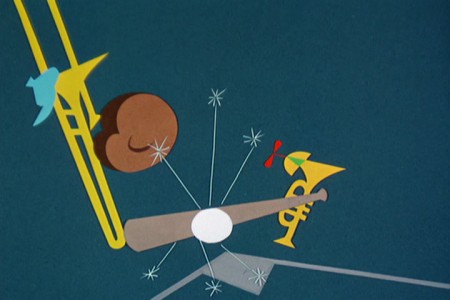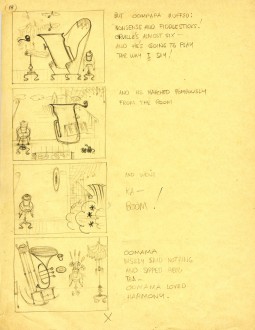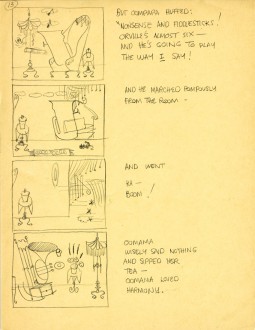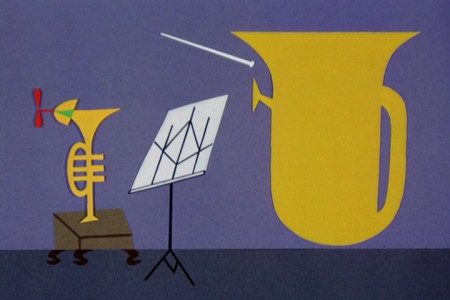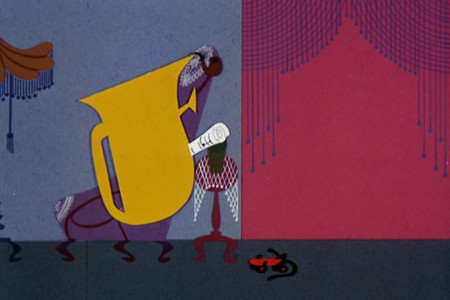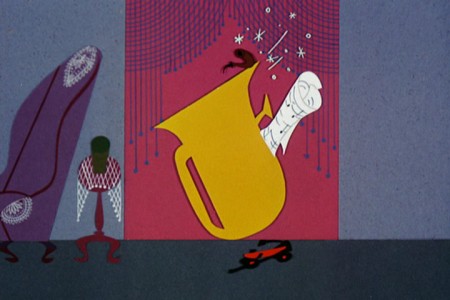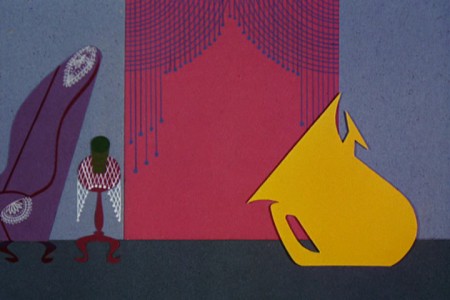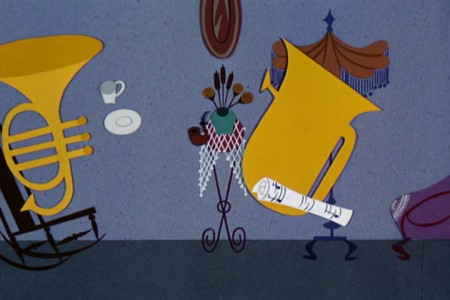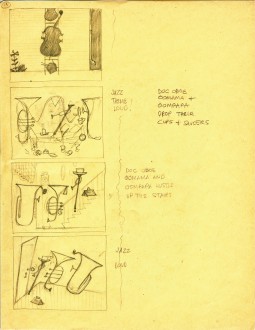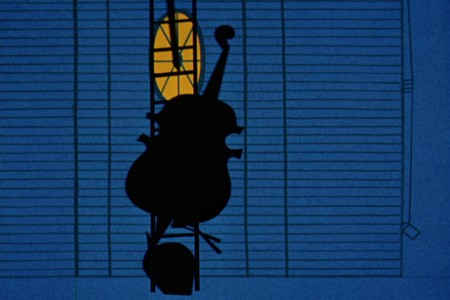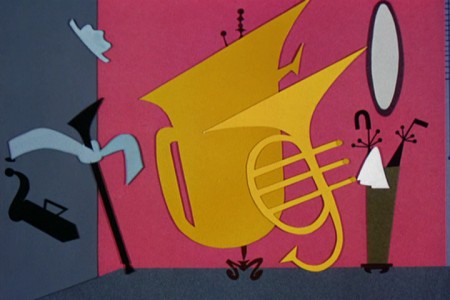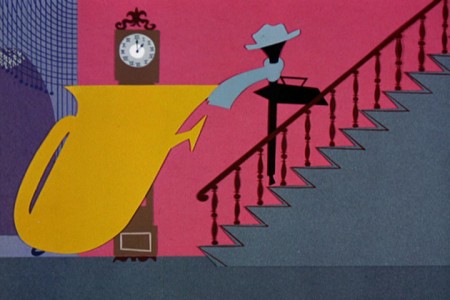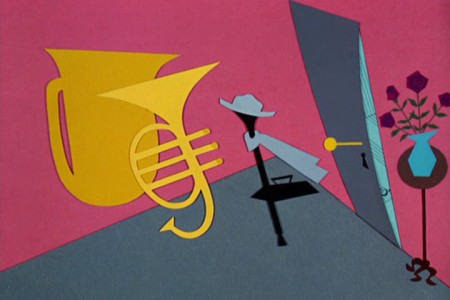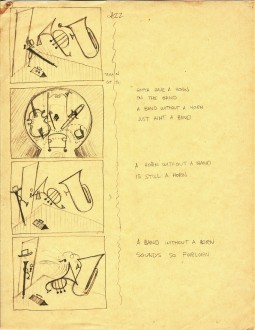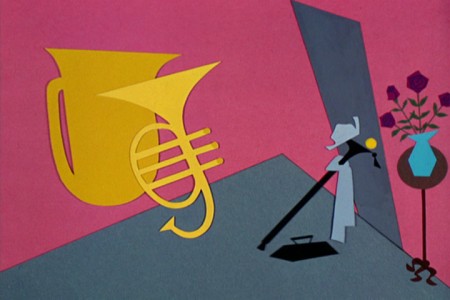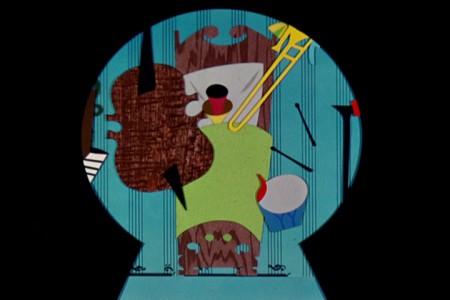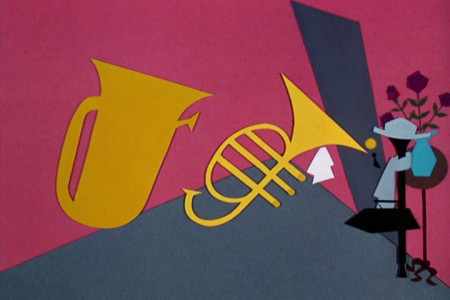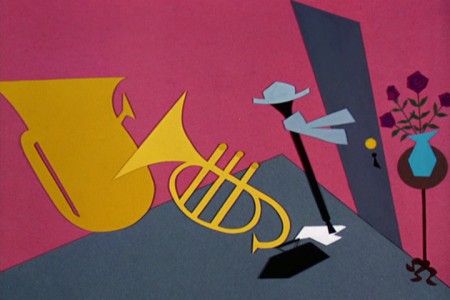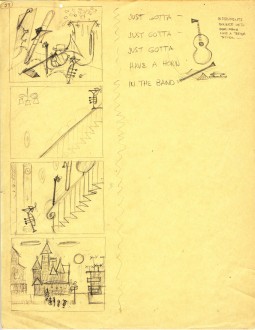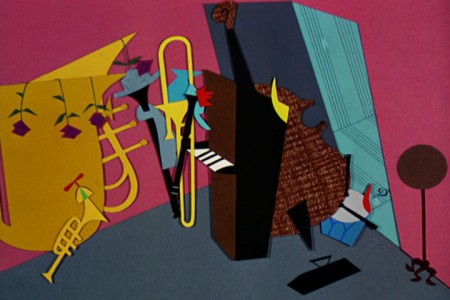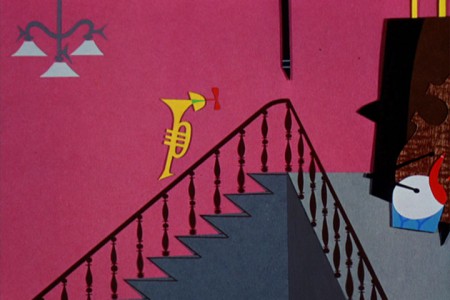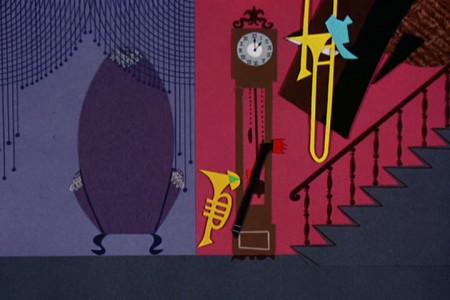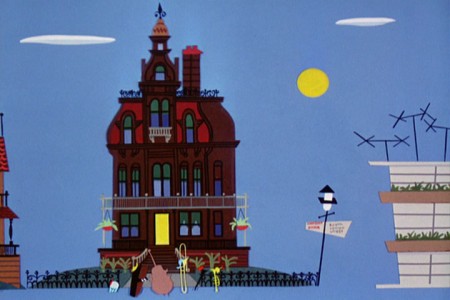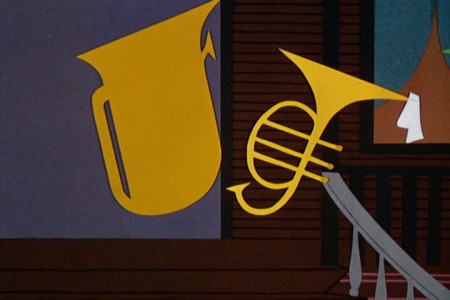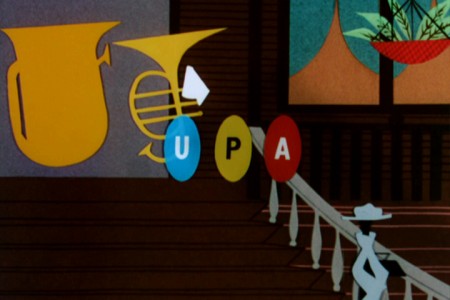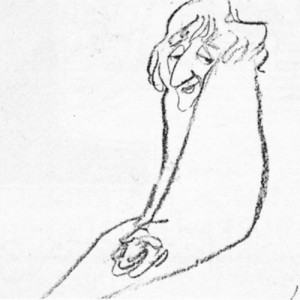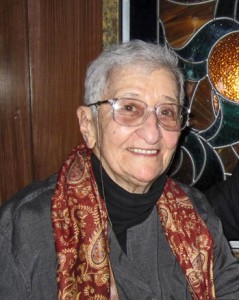Passing
Two people who I respected enormously died this past week. They’d both touched my life, however briefly, and I had to comment on them.
 I worked with Celeste Holm when she did a VO narration for me for a five picture set I did for the United Nations.
I worked with Celeste Holm when she did a VO narration for me for a five picture set I did for the United Nations.
Ms. Holm was a star, one of the big ones from the era just before mine. My mother was very impressed that I was meeting her (so was I.) Take a look at her NYTimes Obituary for information about her great Oscar-winning career.
Things started off a little rocky when she arrived late with the UN representative who went to meet her and accompany her to the studio. There was some difficulty
with traffic. I had no problem with the late start, but my recording engineer – who had never heard of Celeste Holm – asked, “Is this the talent?” as she entered the room.
There was a long introductory narration for her to read, and I suggested we try going through it once so she would get familiar with it. Ms. Holm read it with many halts and huffs and stops and starts. But her expressions were basically right on the mark. I asked her for another take. With that she said she’d worked with William Wyler on her first film, and she’d done her first scene, she felt, perfectly. However, he continued asking for take after take finally ending with take 100. He used the first take. I listened and understood she wanted to read it only the one time. I responded by saying that William Wyler deserved 100 takes, but would it be possible for me to just get two? She did it perfectly on the second take. (It WAS a hard read, written by someone at the UN, not a script writer.)
By the way, I’ve never been able to find any film she did with Wyler, yet I’m sure he’s the director she’d named.

Richard Zanuck is a producer whose work I followed for ages. From Jaws to Driving Miss Daisy; Butch Cassidy & the Sundance Kid to Tim Burton’s Alice in Wonderland he was my idea of the consummate producer. Someone who put good films together and nurtured great talent.
At one screening, I recognized him sitting in the row behind me at the Academy theater and cautiously approached to say hello. After that brief meeting we always said casual greetings whenever we saw each other. I’ll miss seeing him in the world and so will Hollywood.
_________________________
Emily Hubley’s Film
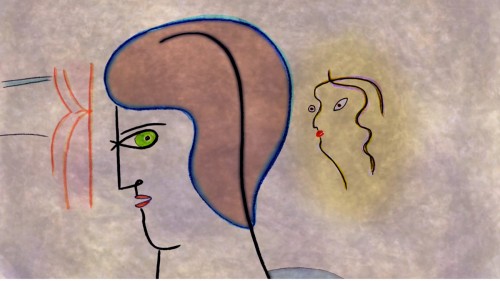
Artist and muse
I was completely under the spell of Emily Hubley’s latest film and/or, a 5½ min short poetic meditation on creativity. The film plays in a semi-abstract mode as it animates from scene to scene always moving in beautifully colorful transitions. The music, while always melodic, doesn’t hit on a theme until the old piano kicks in behind the finalized work of art. A coda of sweet animation playing out on the blank slate we’d seen at the film’s start. This is a wonderful movie with constantly repeating images and symbols. The voices change from male to female – before the idea gels and after, while a muse (female) whispers to the artist. I sat through the film three times, and it continued to grow with each viewing, and I’m sure it’ll get bigger the next time I see it.
Look for this movie on the festival circuit. It’s one of Emily’s finest, a fully developed, visually exciting movie.
music – Yo La Tengo
voices – Kevin Corrigan, Emily Hubley and Tiprin Manday
compositing – Jeremiah Dickey
sound design – Eliza Paley
_________________________
Films I’ve Seen

This past week was a good one for movies, from my point of view. I saw what I thought were three of the best so far. Two docs and one French.
The French film, on Tuesday, was Farewell My Queen by Benoît Jacquot. It was the story of Marie Antoinette in the last days before the storming of the Bastille, as told by a young woman servant who acted as a “reader.” She read to her Queen and, therefore, had limited access to Royalty with a bit of knowledge about the politics surrounding both the King and Queen. The film was quite entertaining, seriously thoughtful about the period and certainly more illuminating than a couple of other recent films about the subject. Well acted, directed and scripted (an adaptation of the book by Chantal Thomas.
Thursday night the Academy offered a documentary double feature. I didn’t really feel up to going but pushed myself and was glad I did.
 The Queen of Versailles by Lauren Greenfield told the story of a billionaire couple as they attempt to build the largest private home in the world. Construction of the private home is just a symbol for the problems this couple face as they build their house on sticks assembled on easy money with loose mortgages which collapsed with the recession in 2008. All their money collapses as well and while the husband tries to regroup the wife, acting as if she understands, continues to spend wildly and unnecessarily. The husband who works, as he says, 24/7 to rebuild his company – which is also his private funds. It’s a struggle, and the film – which starts out like a reality TV show – turns into serious questions about affluence and waste. It’s a wonderful film.
The Queen of Versailles by Lauren Greenfield told the story of a billionaire couple as they attempt to build the largest private home in the world. Construction of the private home is just a symbol for the problems this couple face as they build their house on sticks assembled on easy money with loose mortgages which collapsed with the recession in 2008. All their money collapses as well and while the husband tries to regroup the wife, acting as if she understands, continues to spend wildly and unnecessarily. The husband who works, as he says, 24/7 to rebuild his company – which is also his private funds. It’s a struggle, and the film – which starts out like a reality TV show – turns into serious questions about affluence and waste. It’s a wonderful film.
 Ai WeiWei: Never Sorry is a film by Alison Klayman which focuses on the Chinese artist/activist and dissident. The film offers a sympathetic but rounded picture of this admirable artist. The artist is all about communication, and his primary theme is about the political situation within his own country. His work is well known internationally (probably more so outside of China), and we get a very intimate portrait of the man, his work and his views. While being thoroughly informative, the film reveals a lot about the society in Beijing and we get to see how changes have developed quietly over the years. Ai WeiWei, himself, says that his not being imprisoned is enough of a proof that things are changing. (He does disappear for months and is obviously affected by the arrest once he’s been released – it takes him a number of months before going back to his constant twittering.) The film could have gone much deeper than it does, but the filmmaker is obviously trying to tell the story to an audience who doesn’t know who Ai WeiWei is. It’s a primer, and a bigger film is deserving, but we do get into the human side of the artist, which is well appreciated.
Ai WeiWei: Never Sorry is a film by Alison Klayman which focuses on the Chinese artist/activist and dissident. The film offers a sympathetic but rounded picture of this admirable artist. The artist is all about communication, and his primary theme is about the political situation within his own country. His work is well known internationally (probably more so outside of China), and we get a very intimate portrait of the man, his work and his views. While being thoroughly informative, the film reveals a lot about the society in Beijing and we get to see how changes have developed quietly over the years. Ai WeiWei, himself, says that his not being imprisoned is enough of a proof that things are changing. (He does disappear for months and is obviously affected by the arrest once he’s been released – it takes him a number of months before going back to his constant twittering.) The film could have gone much deeper than it does, but the filmmaker is obviously trying to tell the story to an audience who doesn’t know who Ai WeiWei is. It’s a primer, and a bigger film is deserving, but we do get into the human side of the artist, which is well appreciated.
I’d heartily recommend all three films to anyone looking for something intelligent and adult. They’re all three very different from each other and offer what ever mood you’re looking for at the theater. Unless, of course, you yearn for Batman rising again.
_________________________
How Cheap Can You Go?
Something has hapened to animation in the past few years. The budgets keep getting lower and lower and lower. Clients have no qualms about asking you to produce a project for free. Another, producing a series of short films, asks you to do a five minute film for $2000. That’s $400 for a minute of film. And the worst part is that you not only think hard about taking it (if you don’t), but you try to calculate how much more work you’ll get from the same producer when you do a brilliant film for them.
Naturally enough, after you’ve done the job you don’t get more from them, and you have to wonder why they don’t love you any more – even though you’ve done a great job.
It’s a horrible situation we’re in. The small studios are being squeezed to death by these low budget backers and times are getting tougher.
Richard O’Connor, at his site Ace & Son, starts a dialogue about this state of affairs. Worth the read, worth adding to the commentary.
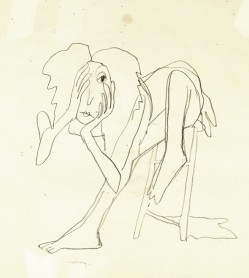
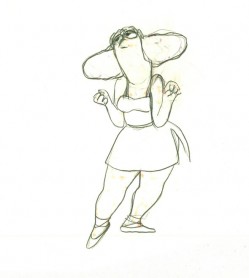 48
48 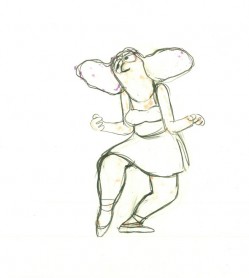 49
49
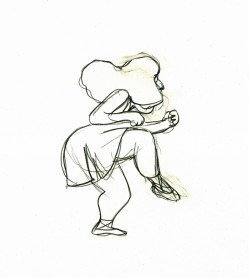 73
73 73
73